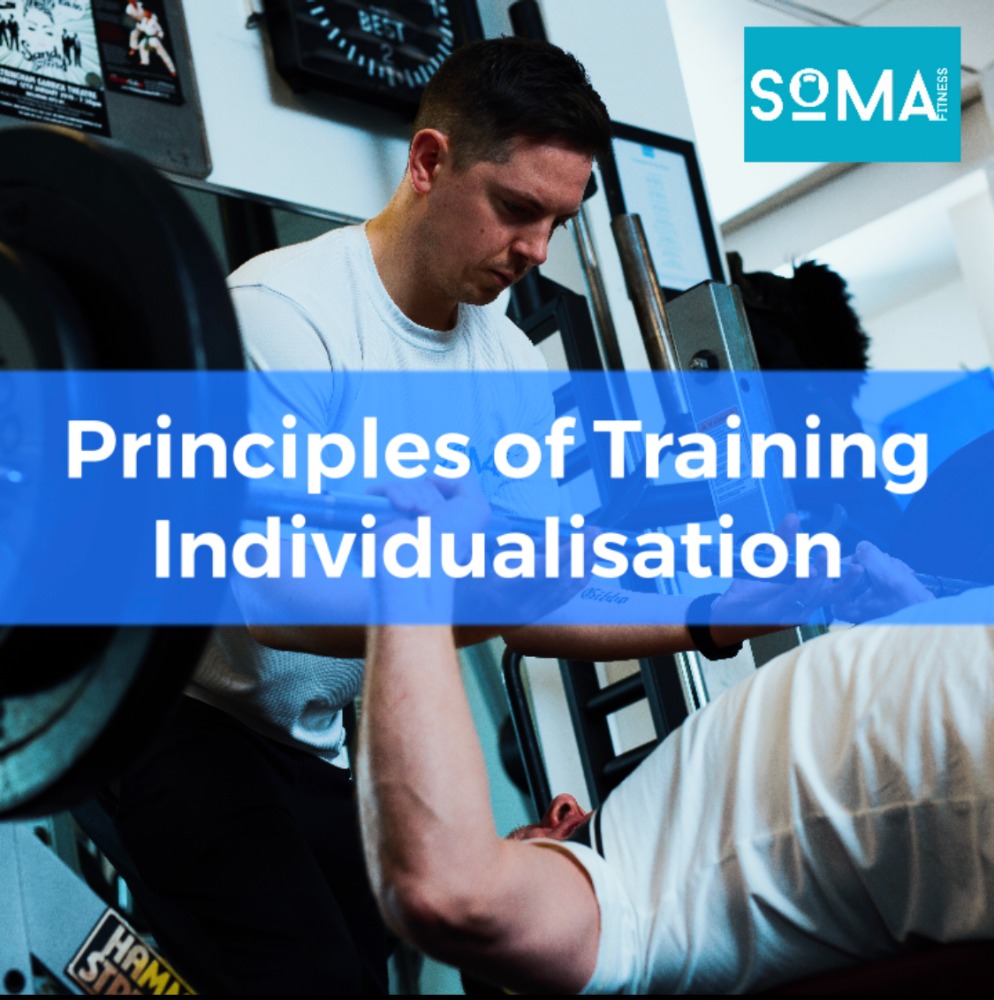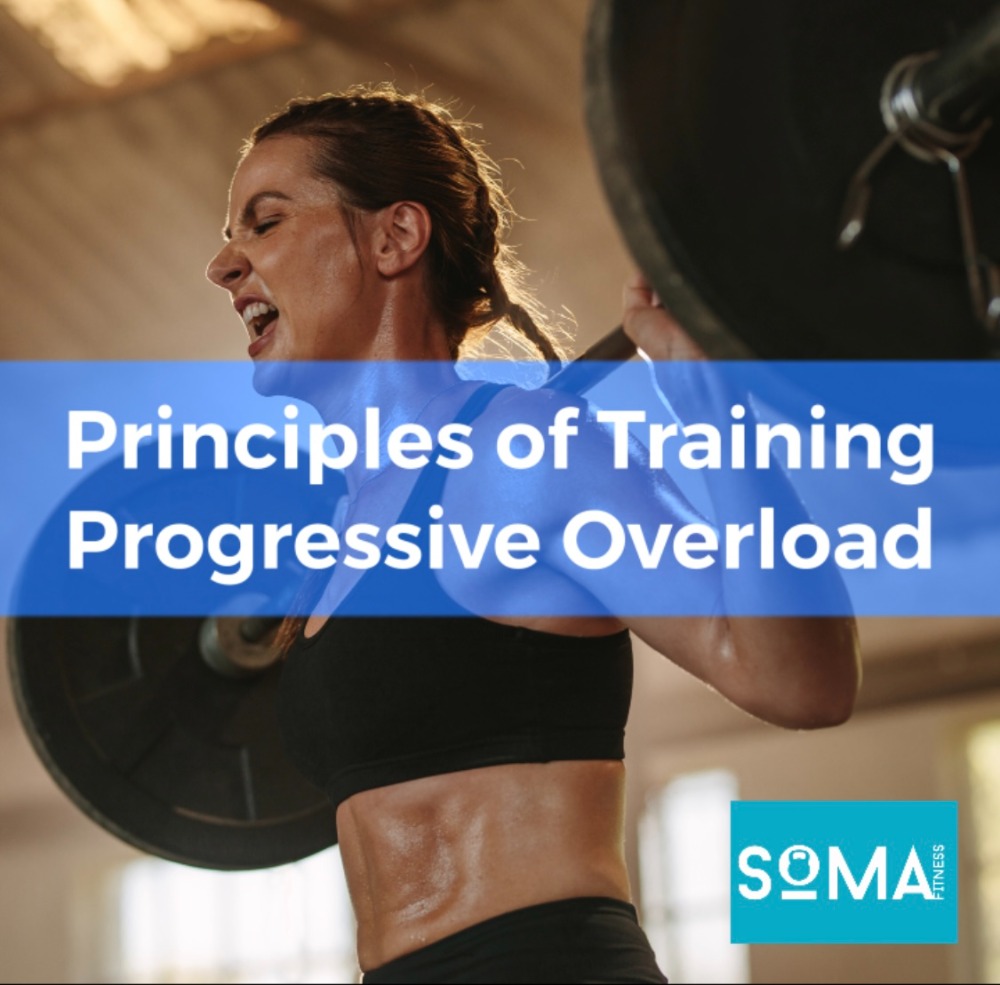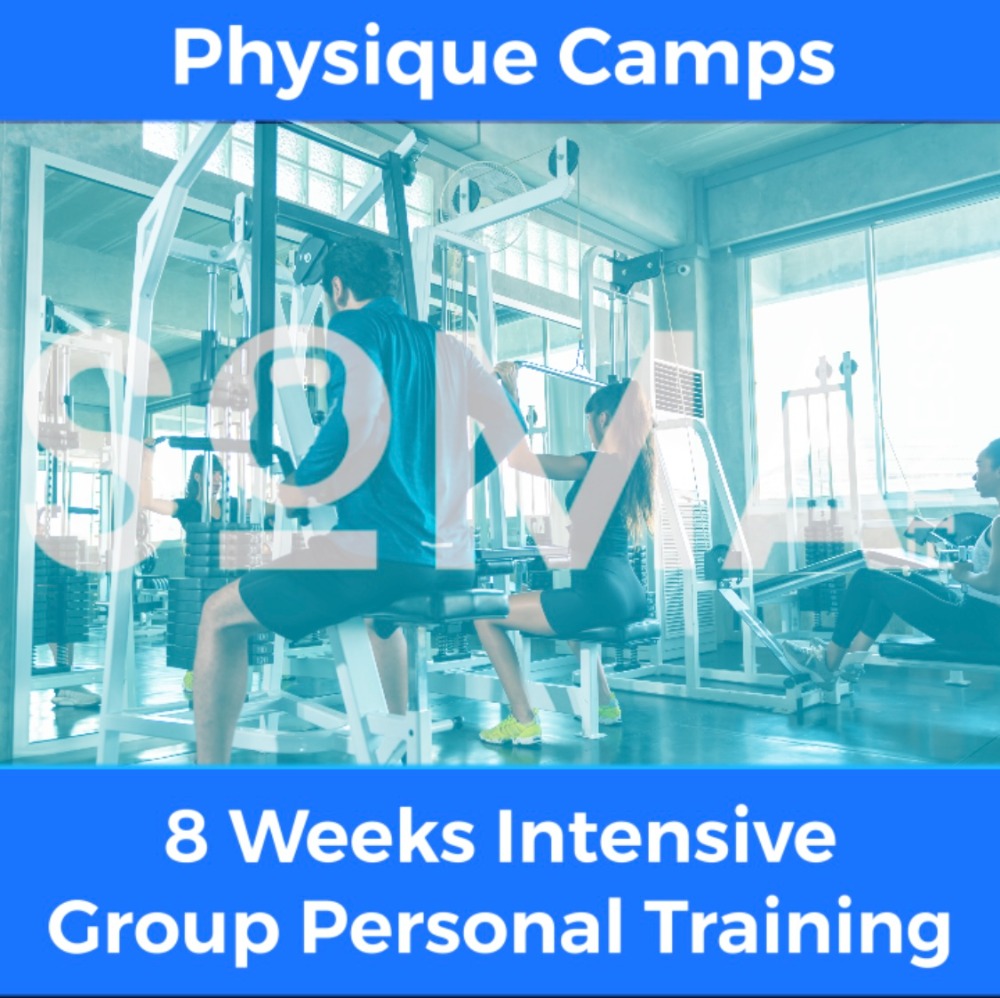Principles of Training – Individualisation

Each and every one of us is physically and mentally different. This is why, when it comes to training, everyone’s approach needs to be bespoke to them, if it’s going to be optimal.
One of these factors will be their starting point, in terms of ability, in their fitness journey. For example, if two people come to a personal trainer saying they wish to build better whole-body strength, then both will be assessed to see where their starting point is at. If it becomes clear one athlete has a proportionately stronger upper body than their lower body, and the other person vice versa then despite the same goal, their programmes will look different. The first person will need a more lower body focussed approach whereas the other person would need the opposite, this is an example of applying the principle of individualisation.
Another key factor to consider is lifestyle variations. Everyone has a life outside of the gym, all of which will include factors which influence their performance inside the gym. Therefore, this needs to be considered when programming. To give another example, imagine someone wants to become generally fitter all round. If they’re a labourer then you need to consider that their job is very taxing, therefore workload needs to be managed more carefully as to avoid overtraining and injury.
Next, there’s anatomical variants between each individual which can affect performance in the gym. For example, someone with a larger rib cage convexity, steeper sternum angle and short limbs is going to have a better chance at being better at the Bench Press compared to someone with a smaller ribcage, flatter sternum angle and long limbs, due to the first person having a shorter range of motion to achieve a full repetition and the line of pull on the pecs from insertion to origin. Another way in which anatomical differences influence training, can be down to active range. Everyone’s active range for a given movement is different. A common example would be overhead mobility. If someone cannot lift their hands directly above their heads (180 degrees of shoulder flexion) then trying to perform an overhead press is going to take them out of their active range and they will lean back to achieve the overhead position. This person will be putting a lot of stress on joint structures outside of this range and also increase the risk of injury when lifting outside of it. Therefore, consider this individual difference and give them an exercise that challenges them in their active range, for instance an incline press, set to a height whereby they are working in the active range that they can achieve.
Next, there’s two factors that link together. These are tolerance to training loads and responsiveness to training load. One’s tolerance to training load is going to help you in the initial phase of deciding things like how frequently they should train and how demanding each session should be. Their responsiveness to training will link closely with progressive overload. So, someone who responds very quickly to training will need to increase their training load more frequently than a slow responder. It’s important however that progressive overload is applied correctly to both people to prevent any from overtraining or undertraining.
Finally, the psychology behind training must also be taken into consideration. As with most things, intrinsic motivation is the key to long term adherence and this is achieved when someone feels competent, so the training programme must not feel too difficult for the participant. They also need relatedness, this comes from good relationships attached with the activity. Therefore, having great rapport with your PT, or attending the gym with a friend is a great idea. It’s also a reason why exercise groups with a more ‘community feel’ are more popular, the biggest example of this being the rapid growth of CrossFit over the past 10-15 years. Also, the participant must feel like they have autonomy, this can come via a number of ways such as having the freedom to train when they want, as well as being able to have a say in what they do during sessions (if they want that).
Overall, there’s many factors here to consider, it’s important to manage them all carefully, in order to ensure you are getting the most out of your training.





Recent Comments